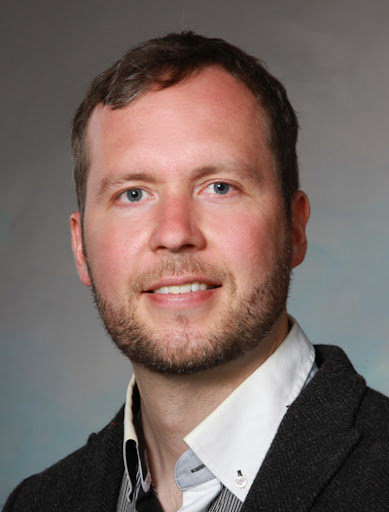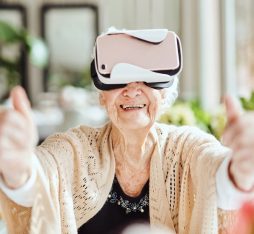● A research team in Finland is using virtual reality headsets equipped with eye-tracking cameras to successfully diagnose attention-deficit hyperactivity disorders (ADHD).
● On the other side of the Atlantic, researchers are convinced that oximeters can be replaced by a system that uses the camera and flash on a standard smartphone, which will make everyday life much easier for patients suffering from respiratory diseases.
For the first time in January of this year, researchers at the University of Bath clearly demonstrated that attention-deficit hyperactivity disorder (ADHD) traits are more predictive of anxiety and depression in adults than other neurodevelopmental pathologies. In so doing, they also highlighted the need for new tools that can diagnose ADHD earlier. At the other end of Europe, Finnish neuroscientist Juha Salmitaival has developed a virtual reality game with a device to track children’s eye movements, which can deliver very precise diagnoses of ADHD. The lab head at the Translational Cognitive Neuroscience Laboratory of Aalto University explains that these diagnoses are a major worry for the parents of children with symptoms of disorders of this kind. “Current diagnostic methods are subjective. Yet parents need to evaluate the difficulties faced by their children, who in turn have a need for personalised and specially adapted treatment.”
When a specific behaviour is observed, we can suggest that the patient correct it by performing another action instead
Monitoring behaviour to rehabilitate patients
In the clinical trial conducted by the Finnish laboratory, 37 children with attention deficit hyperactivity disorder and 36 typically developing controls were invited to play a virtual reality game in a reassuring environment. “They were immersed in a virtual house where they did things that they can do at home. Their eye movements were tracked by a camera built into the virtual reality headset, which gave us precise indicators” allowing for the detection of abnormal behaviour. Juha Salmitaival adds that an online version of the game, which can be played with a web browser, has been developed for patients who live far away from hospitals and that tools like standard glasses equipped with cameras can also be used to track eye movements to monitor, for example, the behaviour of children in schools. “We are currently preparing similar research on adults, but their situation is more complex as impulsive behaviour diminishes with age, and other factors like depression and psychiatric disorders need to be apprehended.” This technology-assisted diagnosis is also associated with a therapeutic response. “We can propose to treat the patient with rehabilitation methods, that is to say that when a specific behaviour is observed, we can suggest that the patient correct it by performing another action instead.” The research team is hoping to develop a digital gamification-based therapy that can encourage children with ADHD to be more enthusiastic about activities they are not in the habit of doing.
Measuring blood oxygen with a smartphone
The use of digital and Internet of things devices for medical diagnoses is still in its infancy, but numerous studies have drawn attention to the wide range of possibilities in this field. Last September, researchers at the University of Washington and the University of California San Diego demonstrated that a smartphone could measure blood oxygen saturation levels down to 70%, the lowest value that conventional pulse oximeters need to measure to comply with current American standards. The solution the researchers developed, which works by having patients place a finger over the flash and camera on a smartphone, is truly ground-breaking. It will be a godsend for patients who will soon be able to monitor their blood oxygen at home and without charge, before transmitting the resulting data to their doctors. And all without the burden of regular hospital visits. The idea behind the innovation is as simple as it is ingenious: the camera records a video of the blood that circulates with every heartbeat through the part of the finger illuminated by the flash. The video is then analysed by a deep-learning algorithm, which finds relevant patterns while excluding noise from the data.
Going forward, a more complex deep learning algorithm trained on a larger number of subjects will be able to overcome nuances in data caused by calluses or variations in skin tone.
 Juha Salmitaival
Juha Salmitaival





